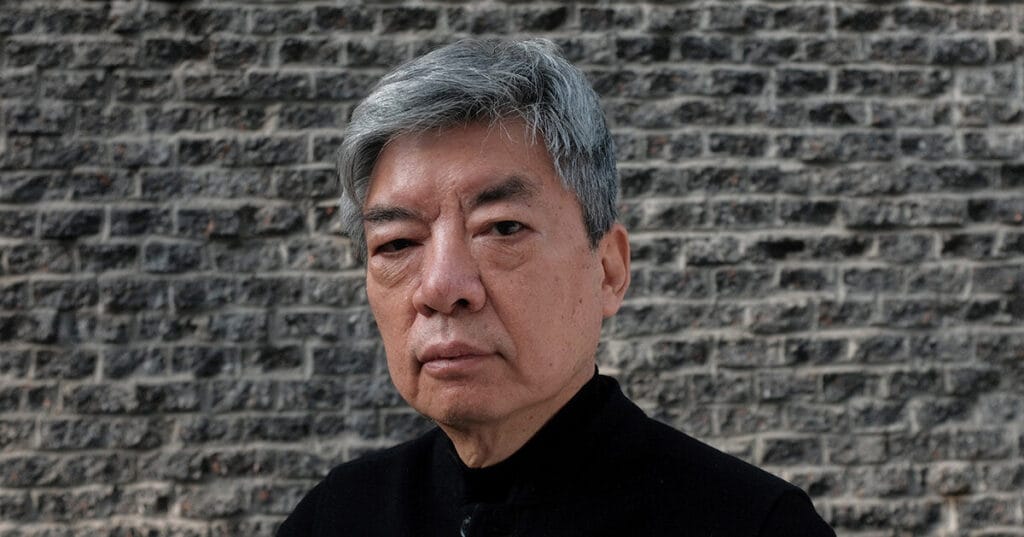the 2025 pritzker architecture prize goes to liu jiakun
The 2025 Pritzker Architecture Prize was awarded to Liu Jiakun, founder of Jiakun Architects, recognizing their impact on contemporary architecture and their commitment to innovation, sustainability, and cultural dialogue. Often described as the field’s highest honor, the Pritzker Prize celebrates architects whose work has shaped the built environment and the human experience.
Based in Chengdu, China, Liu is recognized for his deeply humanistic approach, crafting spaces that intertwine tradition with modernity, individualism with collectivism, and the everyday with the utopian. ‘Architecture should reveal something—it should abstract, distill and make visible the inherent qualities of local people. It has the power to shape human behavior and create atmospheres, offering a sense of serenity and poetry, evoking compassion and mercy, and cultivating a sense of shared community,’ says Liu.
With this recognition, Chinese architect Liu Jiakun, the 54th winner of the Pritzker Prize joins a distinguished lineage of past laureates, including Zaha Hadid, Alejandro Aravena, Balkrishna Doshi, and David Chipperfield. As architecture faces pressing global challenges, his work stands as a testament to the discipline’s power to inspire, transform, and endure.
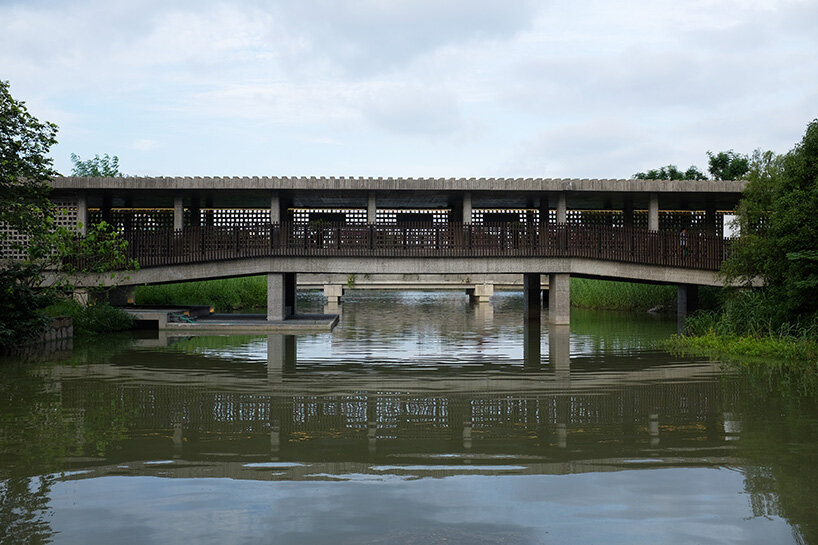
Suzhou Museum of Imperial Kiln Brick | image courtesy of Jiakun Architects
projects rooted in community and cultural continuity
Liu Jiakun’s work is characterized by a design strategy that eschews recurring methods, instead adapting to each project’s specific cultural, social, and environmental context. ‘Through an outstanding body of work of deep coherence and constant quality, Liu Jiakun imagines and constructs new worlds, free from any aesthetic or stylistic constraint,’ states the 2025 Pritzker jury. ‘Beyond knowledge and techniques, common sense and wisdom are the most powerful tools he adds to the designer’s toolbox.’
In an era of rapid urbanization, Liu’s projects reimagine the role of civic spaces in high density environments. West Village (Chengdu, 2015) exemplifies this philosophy, occupying an entire city block with an open yet enclosed layout of sloping pathways for pedestrians and cyclists. The multi-use complex integrates cultural, recreational, and commercial functions within its porous urban fabric, fostering a dynamic relationship between built and natural environments. Similarly, the Sichuan Fine Arts Institute Department of Sculpture (Chongqing, 2004) maximizes space efficiency by cantilevering upper levels outward, extending the functional footprint of a constrained site. ‘Cities tend to segregate functions, but Liu Jiakun takes the opposite approach and sustains a delicate balance to integrate all dimensions of urban life,’ comments Alejandro Aravena, 2016 Pritzker Prize laureate and chair of the jury. ‘His work may offer impactful clues on how to confront the challenges of urbanization in an era of rapidly growing cities.’
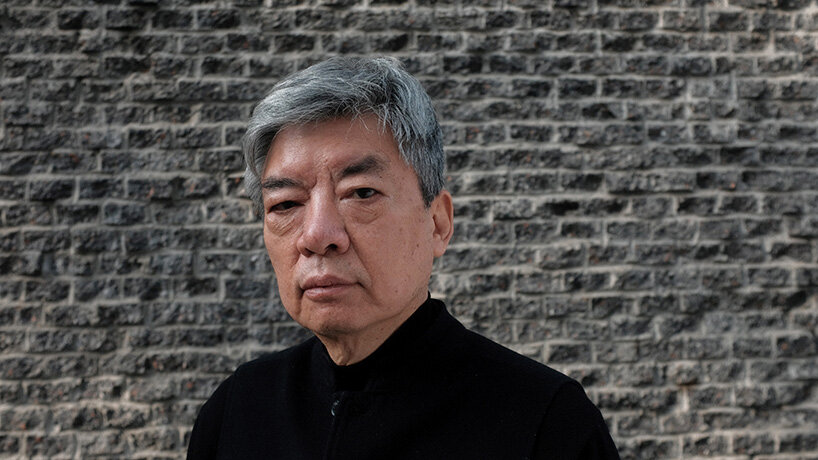
Liu Jiakun | image courtesy of The Hyatt Foundation/The Pritzker Architecture Prize
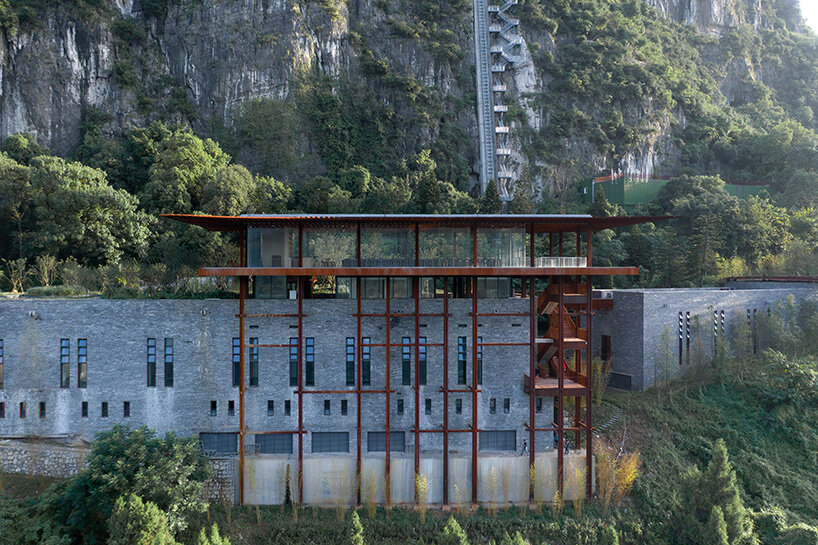
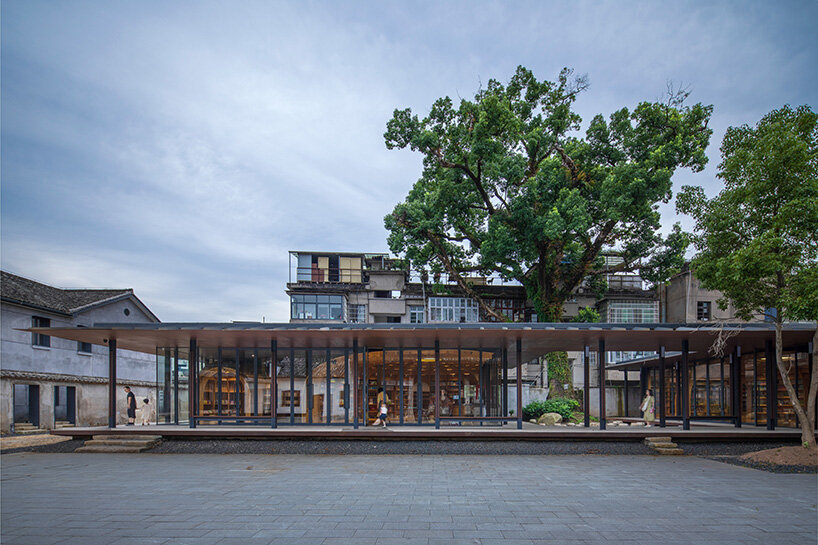
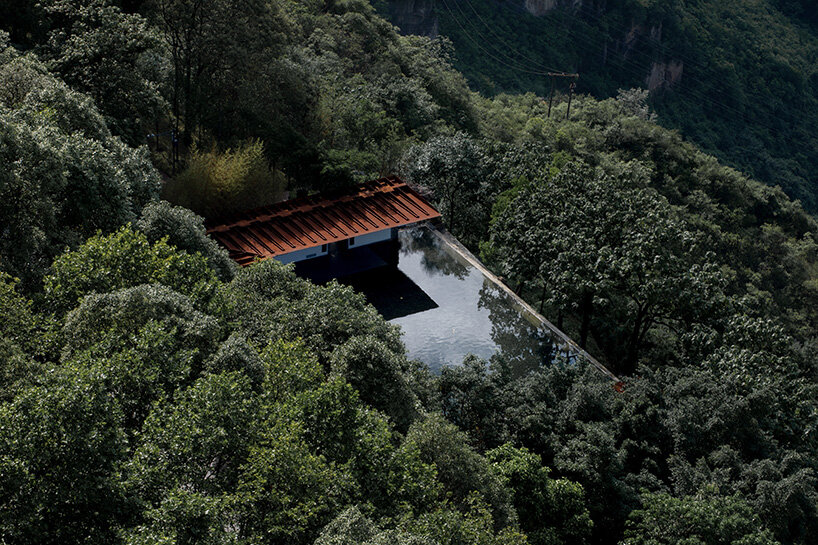
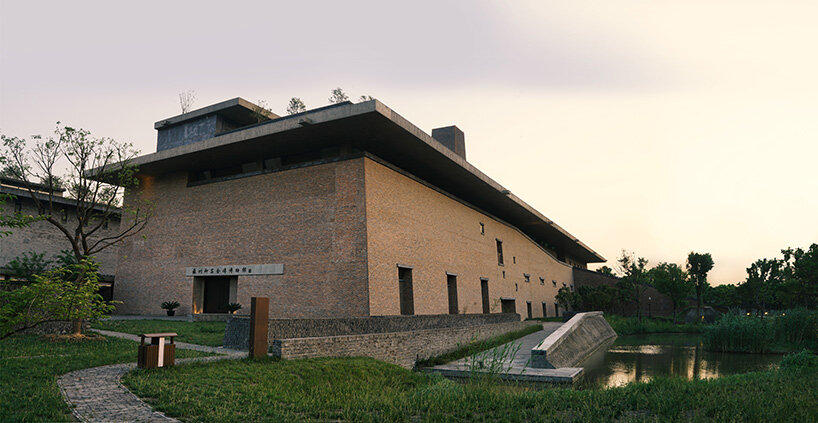
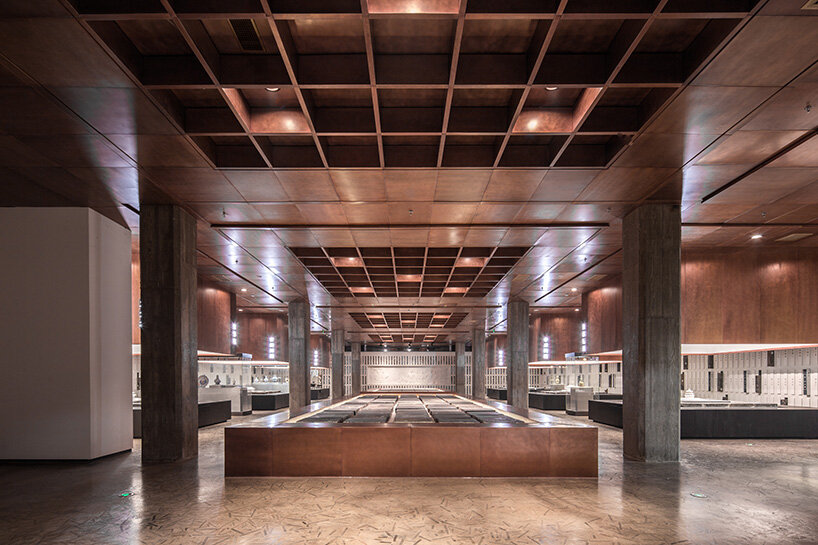
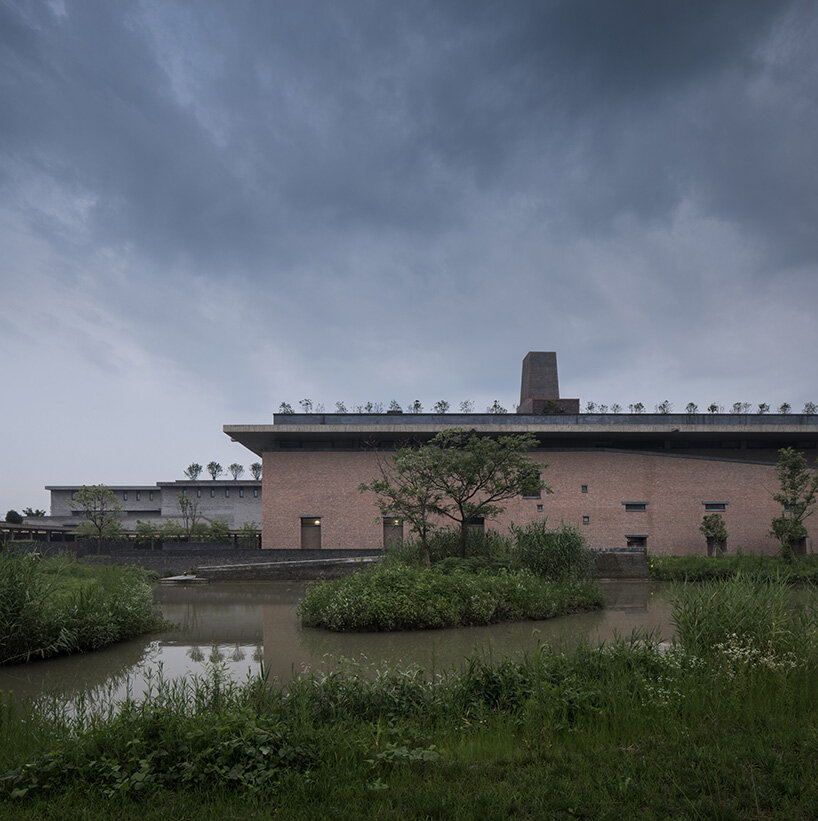
thomai tsimpou | designboom
mar 04, 2025

